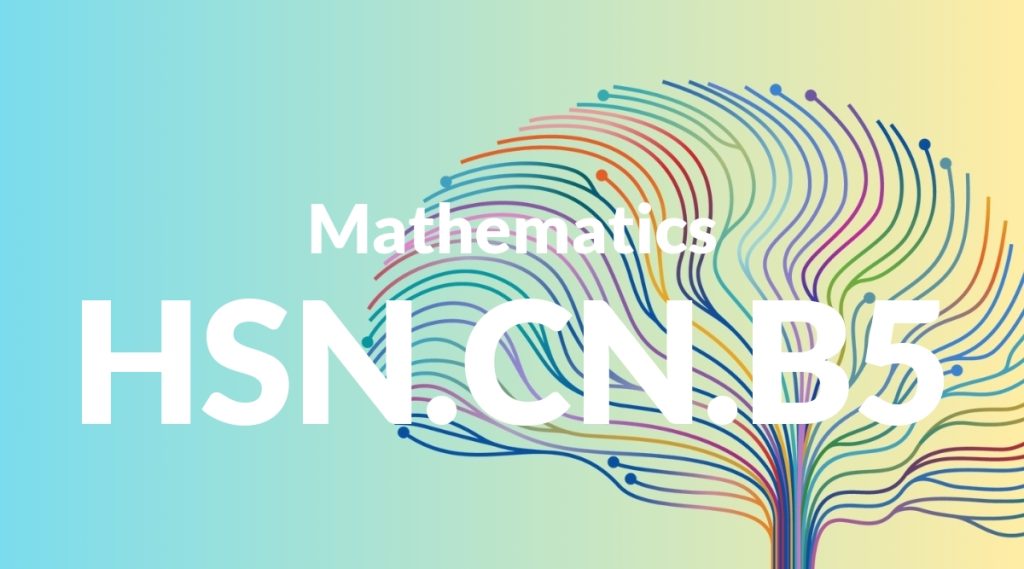Standard: HSN.CN.B5 – (+) Represent addition, subtraction, multiplication, and conjugation of complex numbers geometrically on the complex plane; use properties of this representation for computation. For example, (-1 + √3 i)3 = 8 because (-1 + √3 i) has modulus 2 and argument 120°.
Grade level: High School: Number and Quantity
Subject: Mathematics
Domain: The Complex Number System
Teacher Overview
This standard focuses on representing complex number operations geometrically on the complex plane and using these representations for computation. It is crucial for students to understand these concepts as they form the foundation for advanced mathematical and scientific applications. Before tackling this standard, students should be comfortable with basic algebra, real number operations, and have an introductory understanding of imaginary and complex numbers.
Mastering this standard will enable students to solve advanced problems involving complex numbers and apply these skills in fields such as engineering, physics, and computer science.
Common Misconception 1
A common misconception is that operations with complex numbers on the complex plane are entirely different from real number operations. This is incorrect because complex number operations are extensions of real number operations, just represented in a different form.
Intervention 1
To remediate this misconception, use visual aids and interactive tools to show the continuity between real and complex number operations, highlighting their similarities.
Common Misconception 2
Another misconception is confusing the modulus and argument of a complex number with its real and imaginary parts. This confusion arises because students may not fully grasp the geometric representation of complex numbers.
Intervention 2
To address this misconception, provide exercises that clearly distinguish between modulus/argument and real/imaginary parts, using visual diagrams and step-by-step explanations.
Prerequisite Knowledge
Students should have a solid understanding of basic algebra, including operations with real numbers, and an introduction to imaginary numbers and complex numbers.
Subsequent Knowledge
After mastering this standard, students will be able to solve more complex problems involving complex numbers in polar form, and apply these concepts in advanced fields such as engineering, physics, and computer science.
Instructional Activities
- Graphing complex numbers on the complex plane
- Visualizing addition and subtraction of complex numbers
- Exploring multiplication and conjugation of complex numbers through geometric transformations
- Solving real-world problems using complex numbers
- Using software tools to simulate complex number operations




